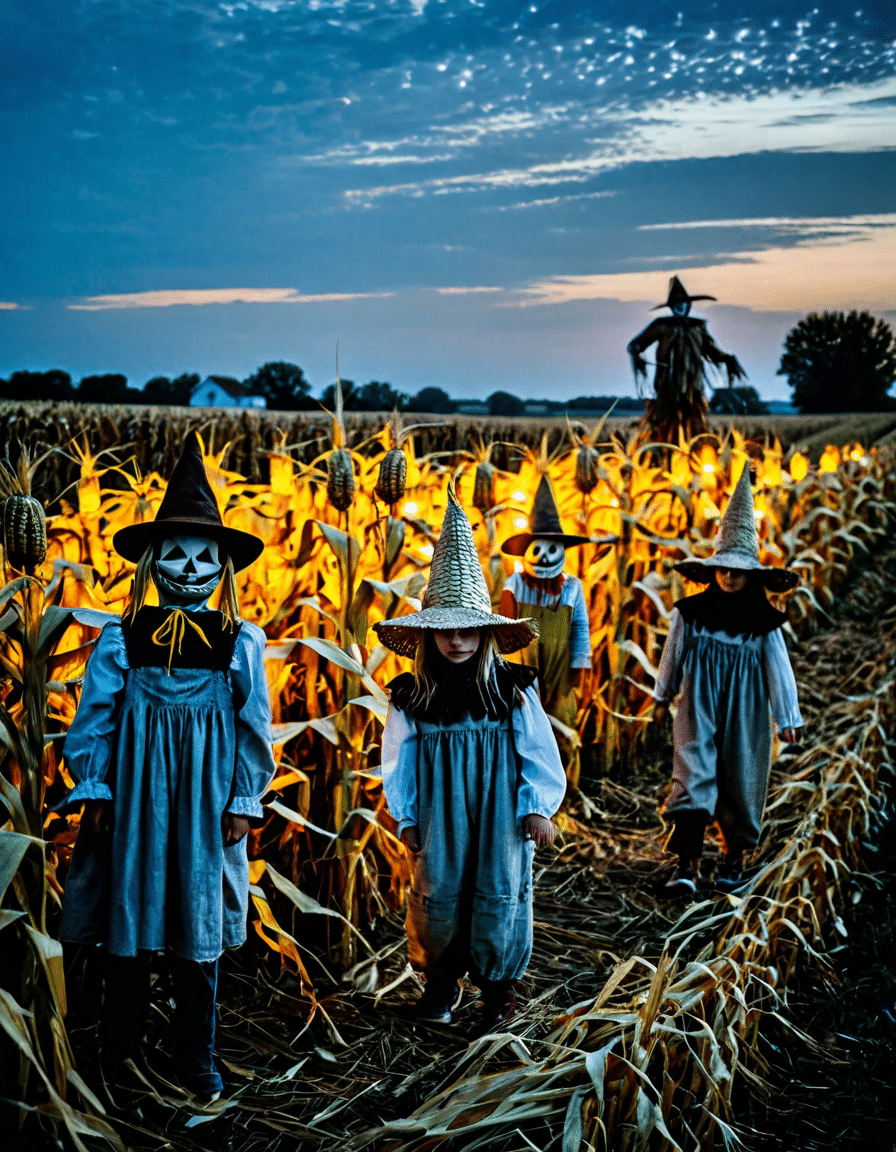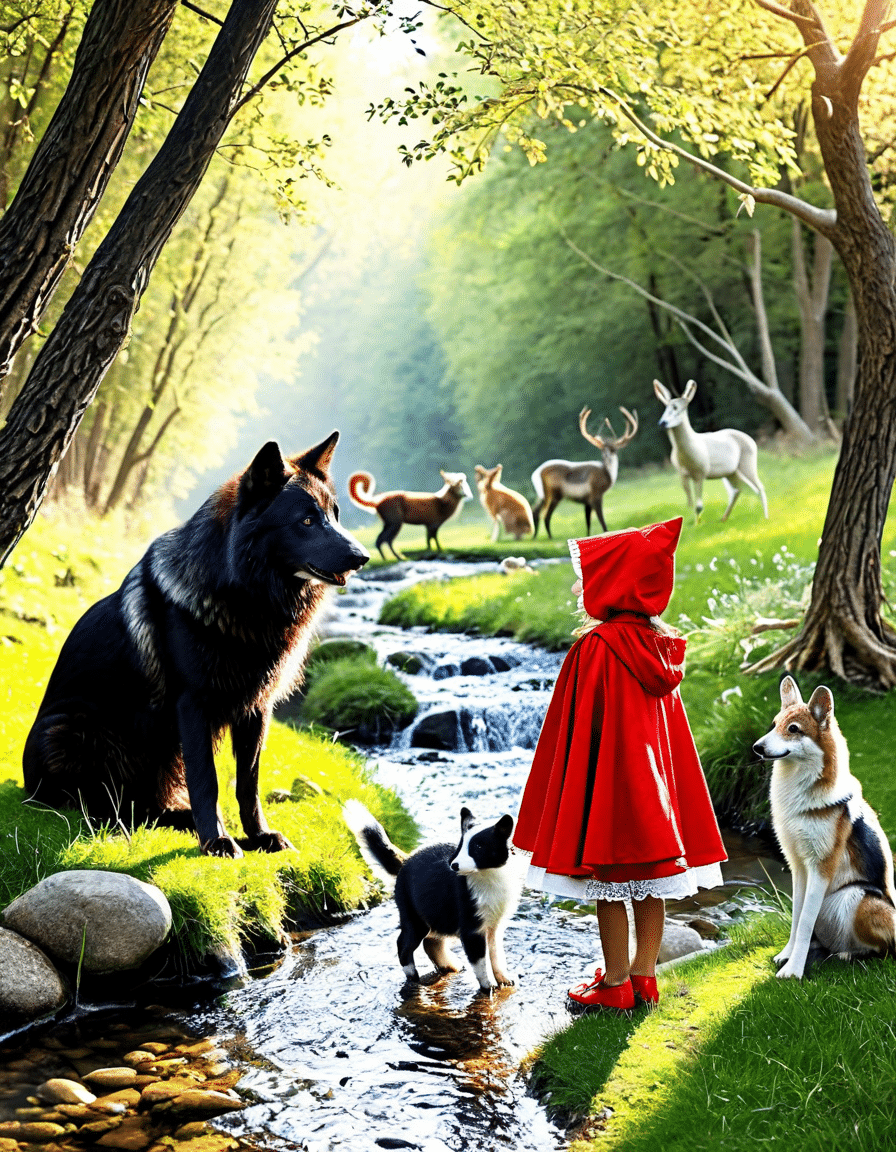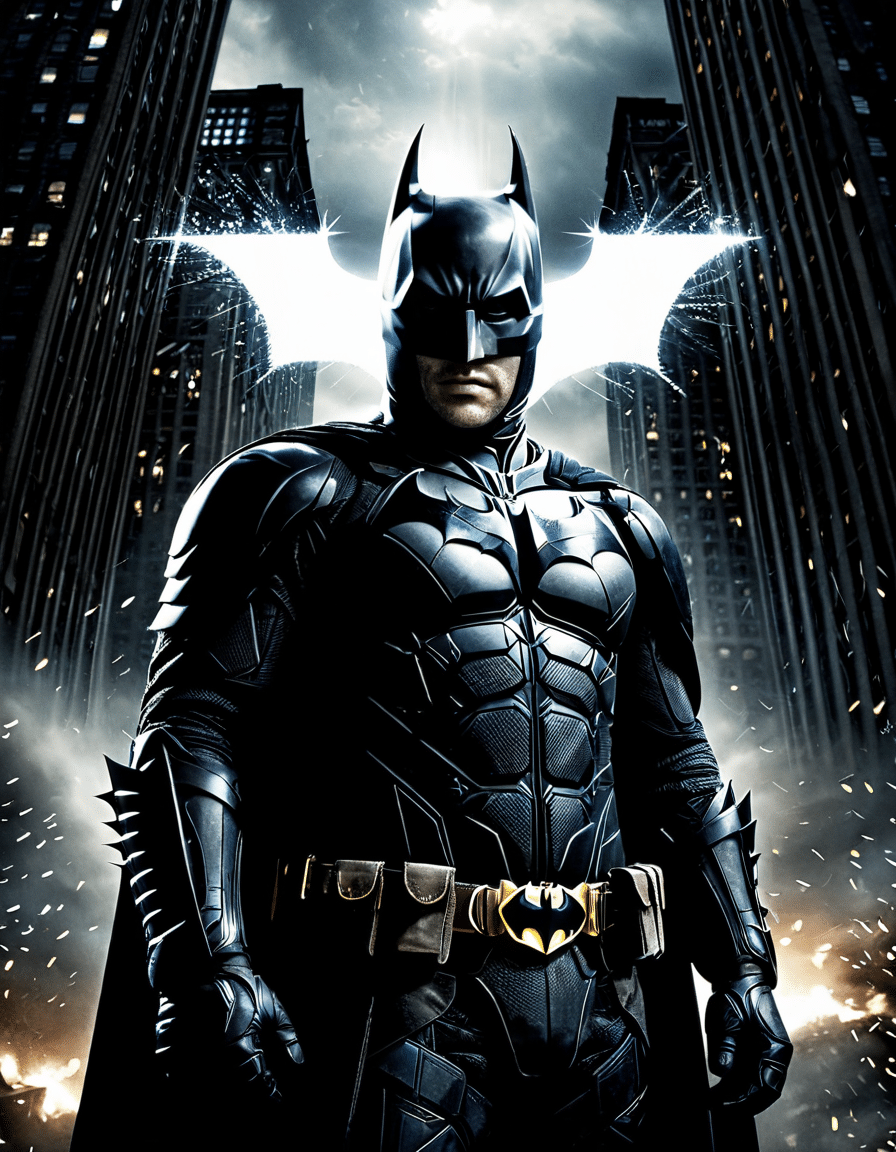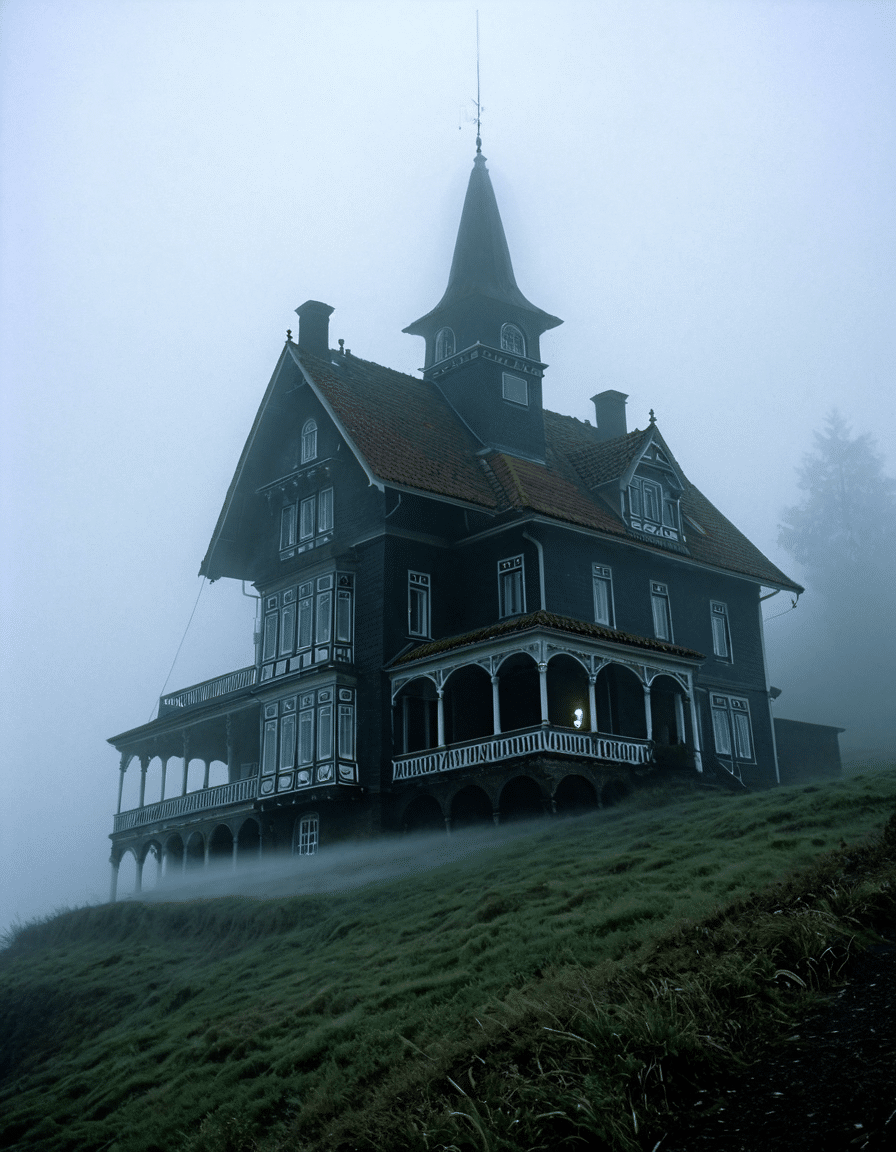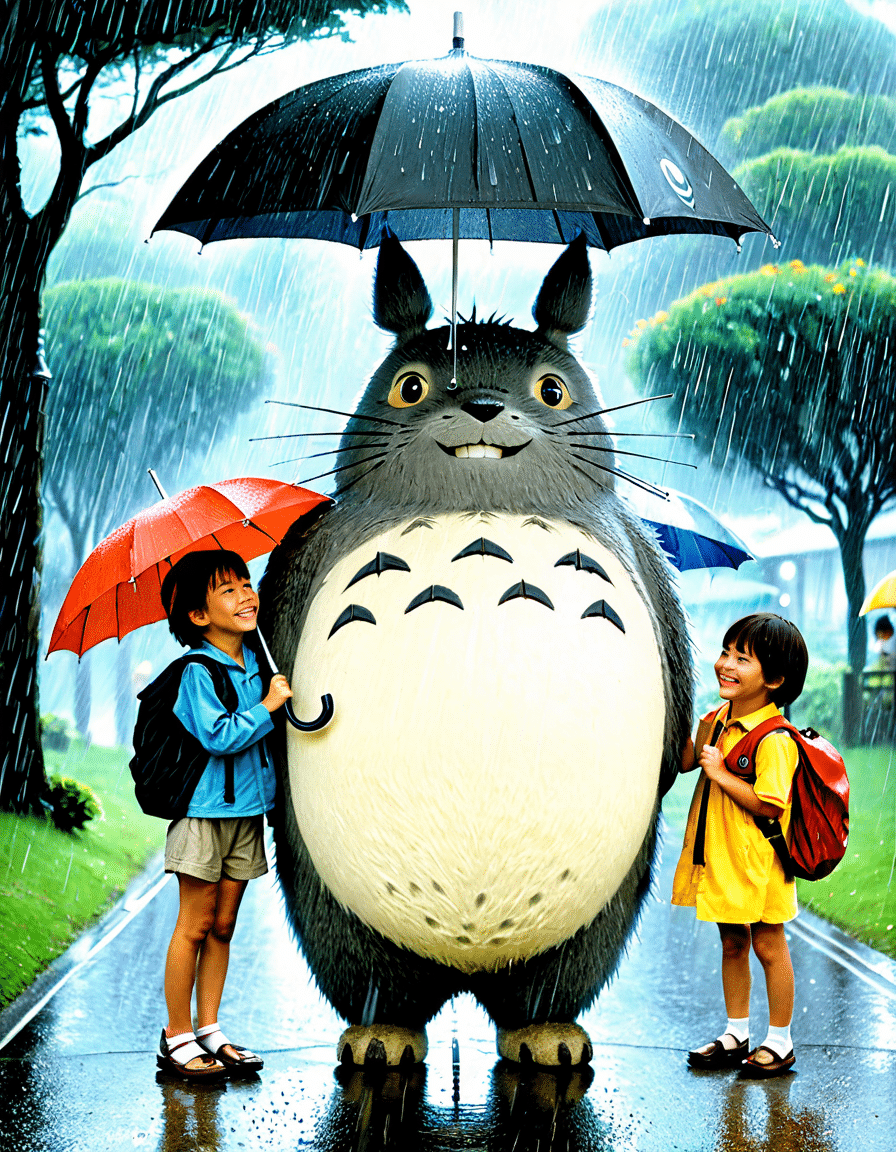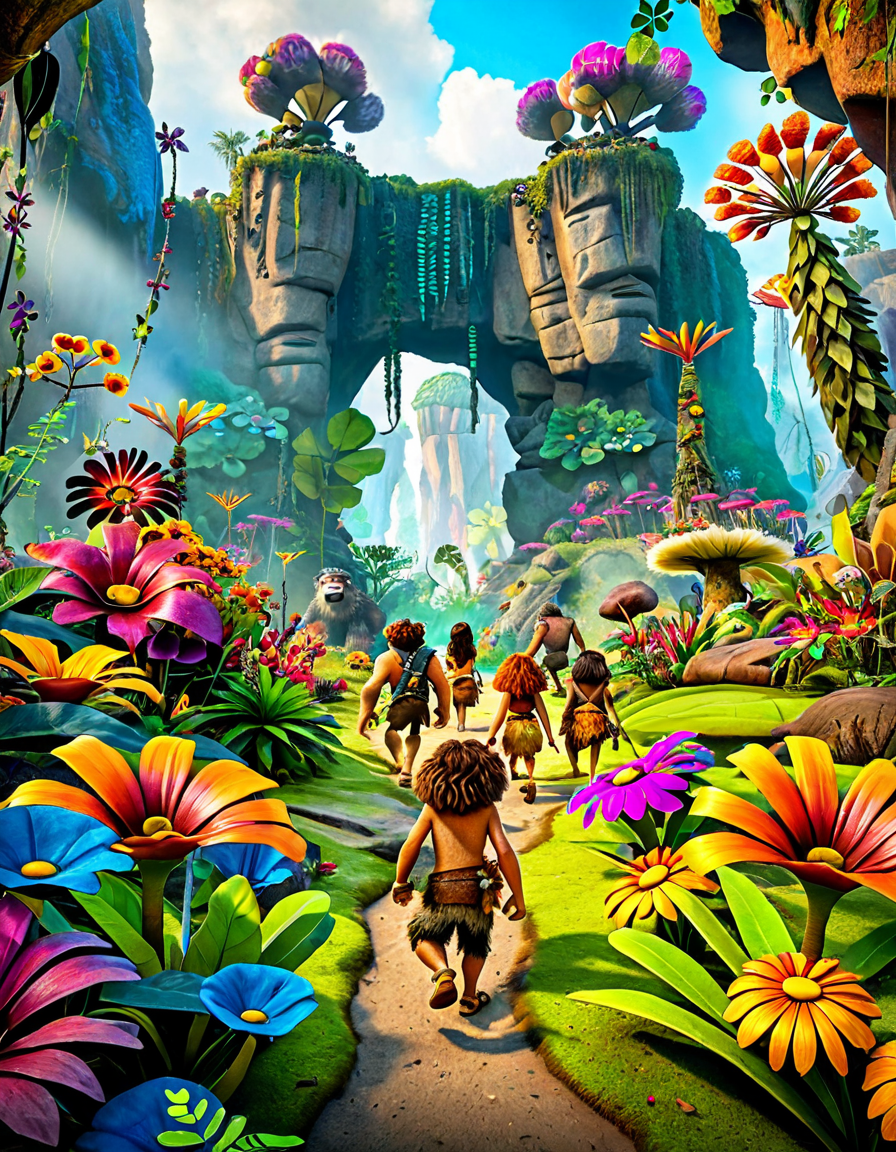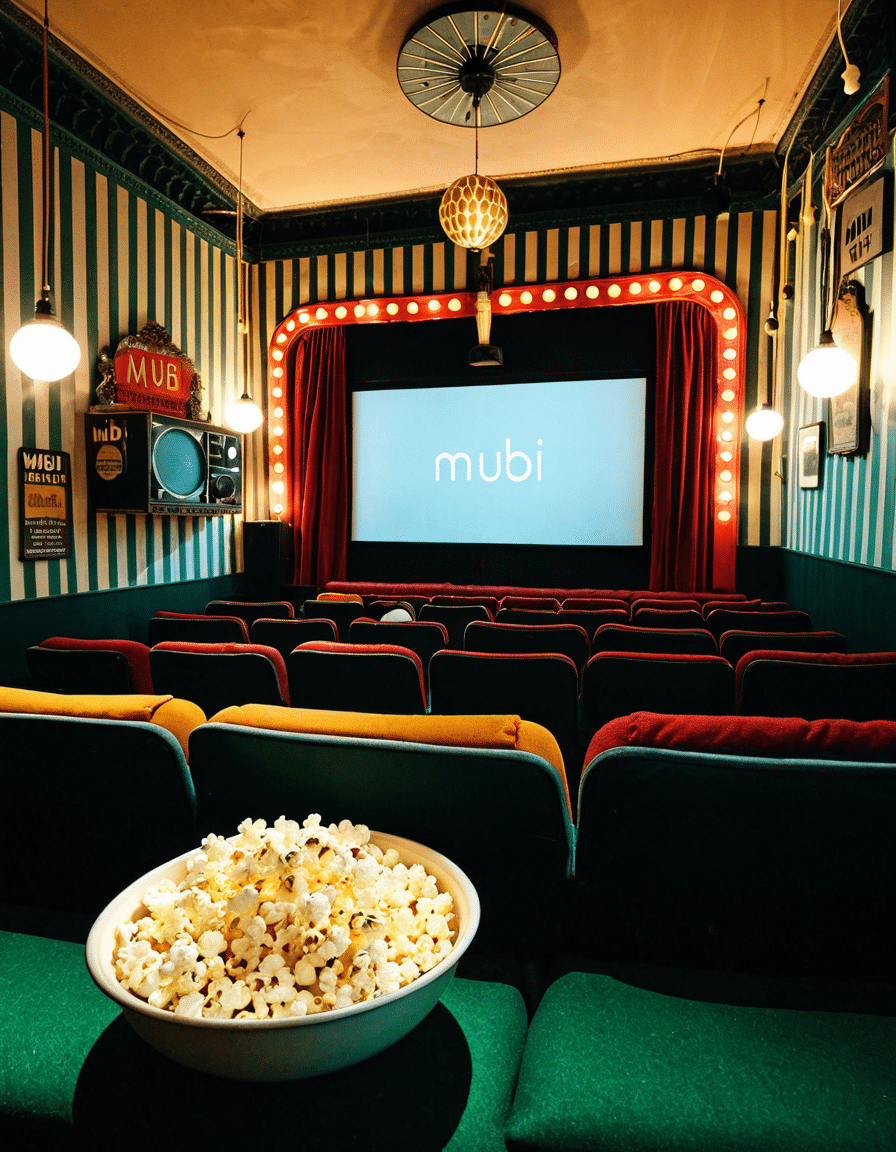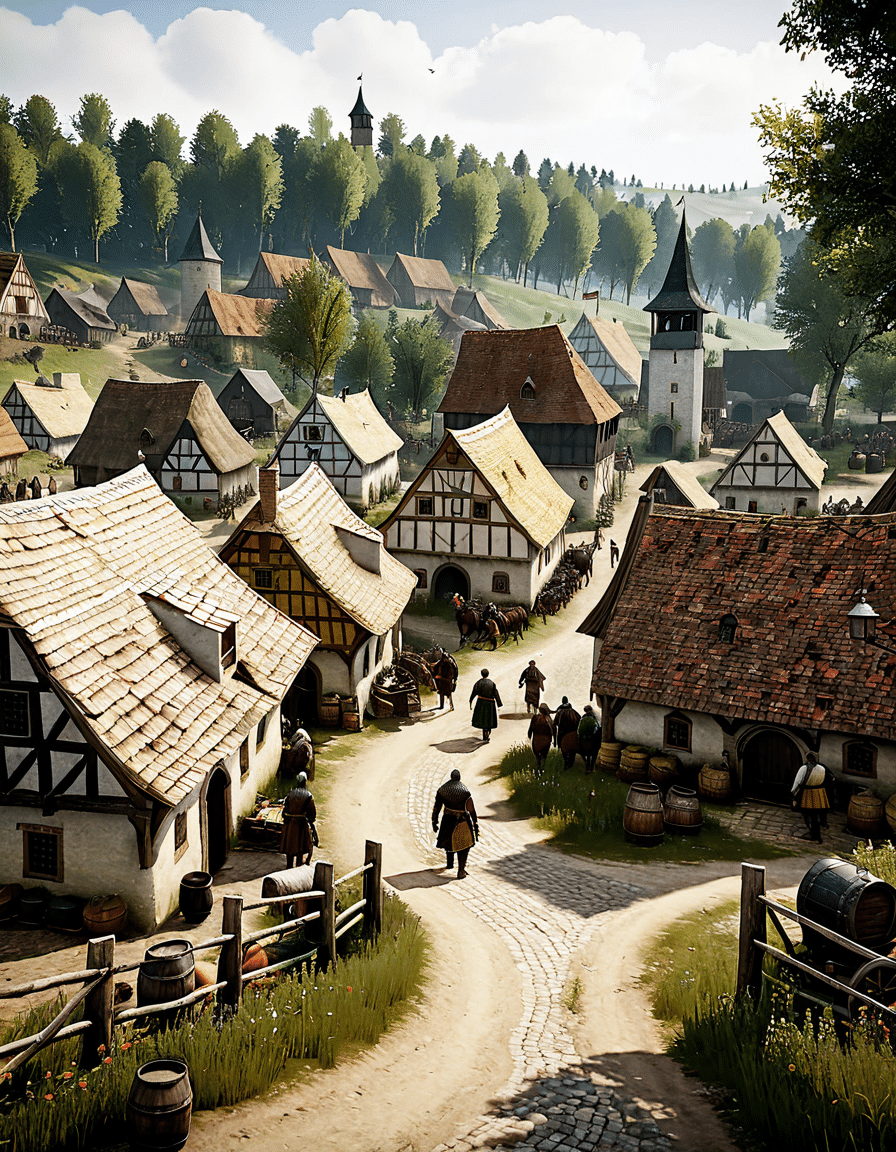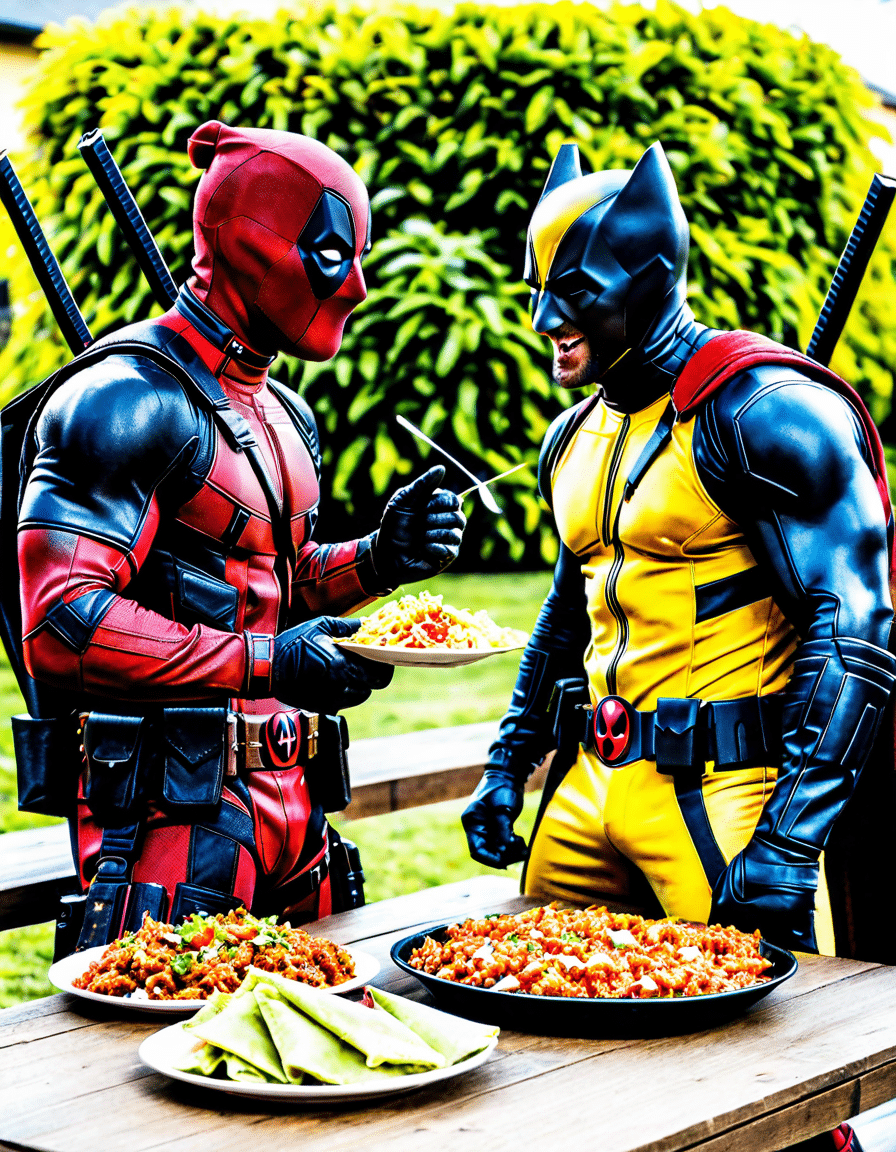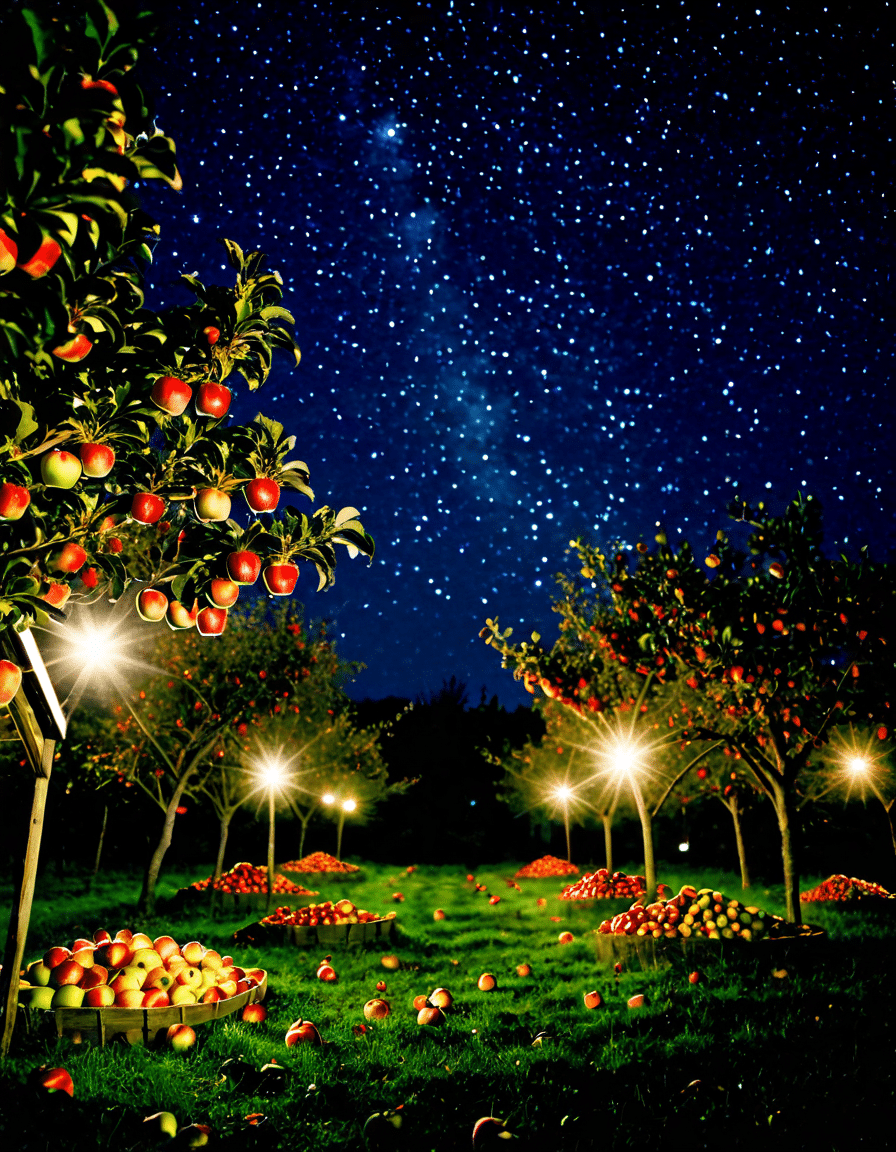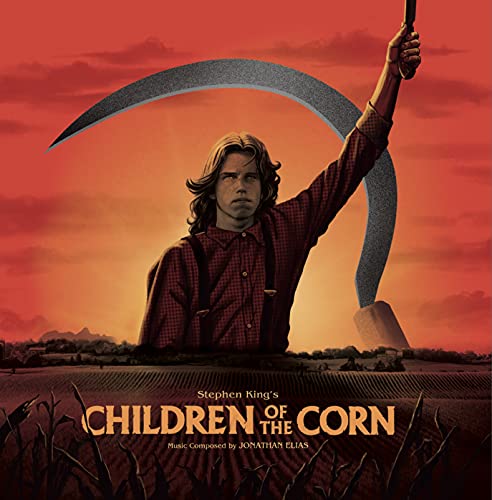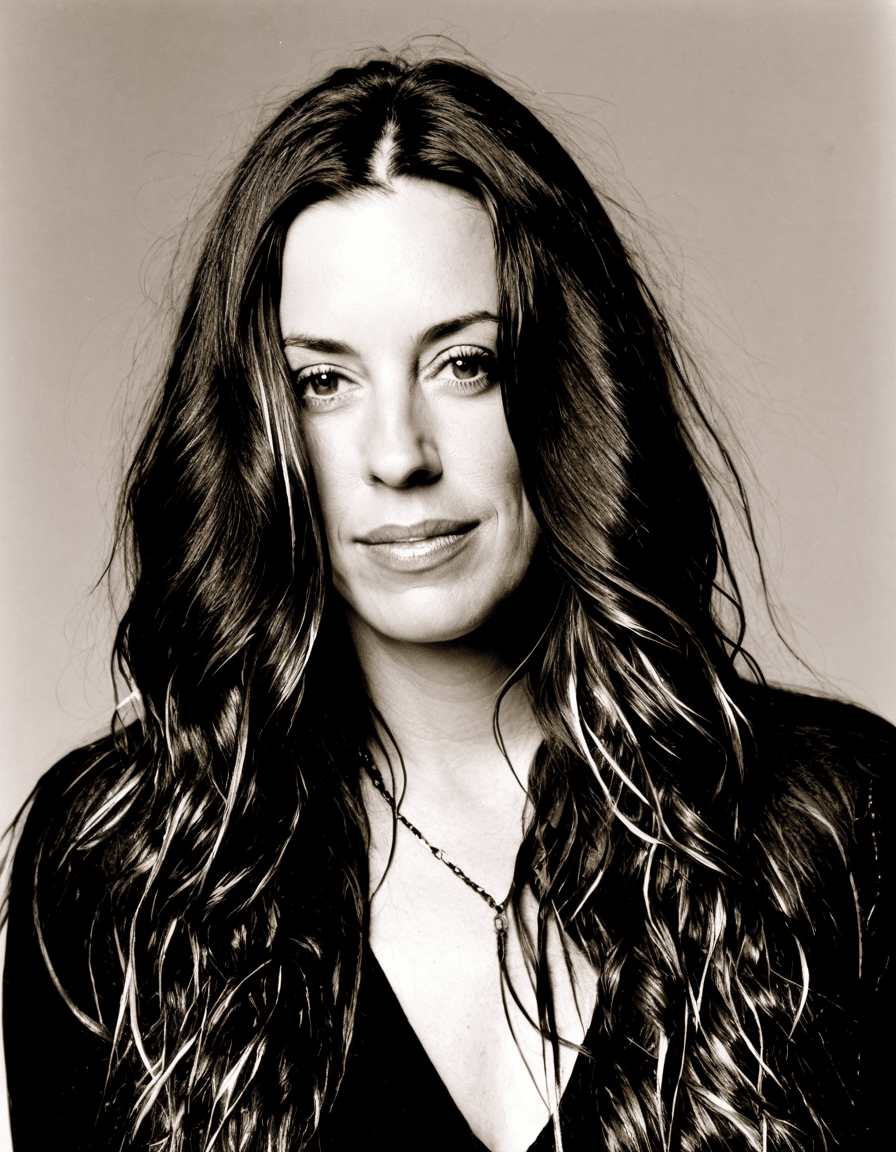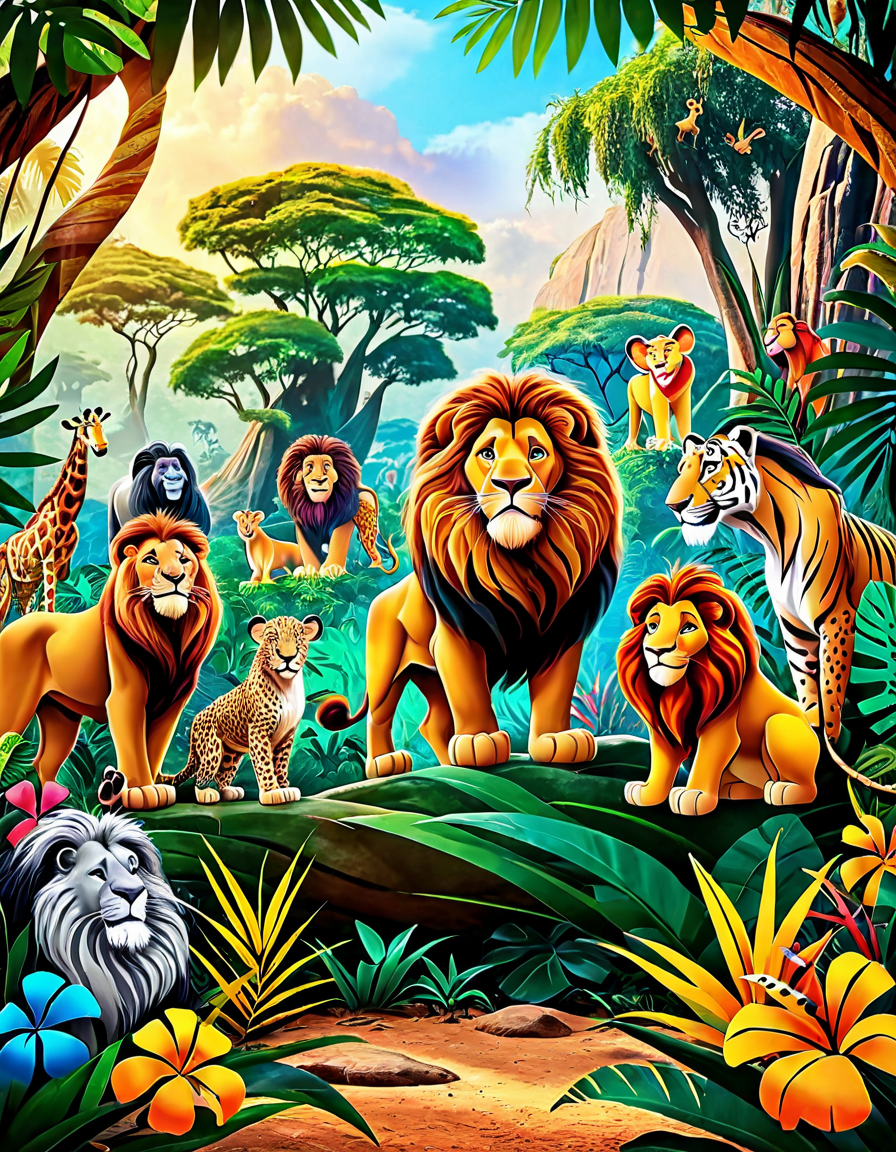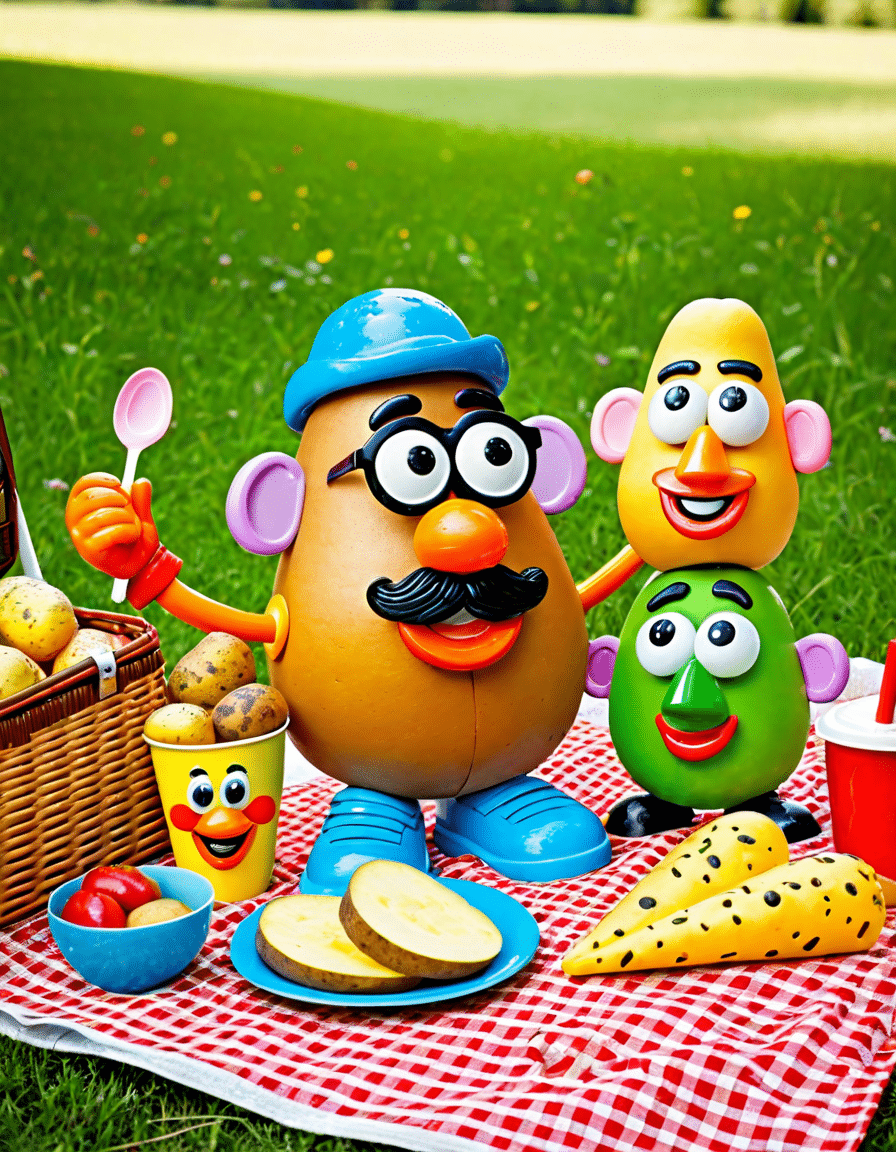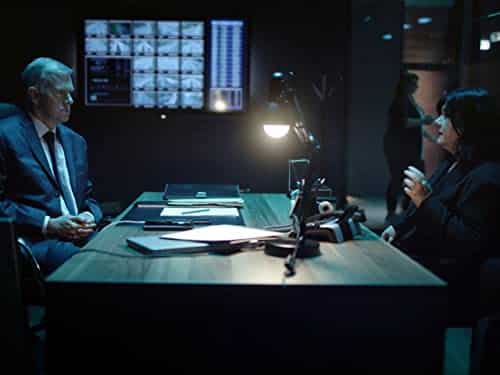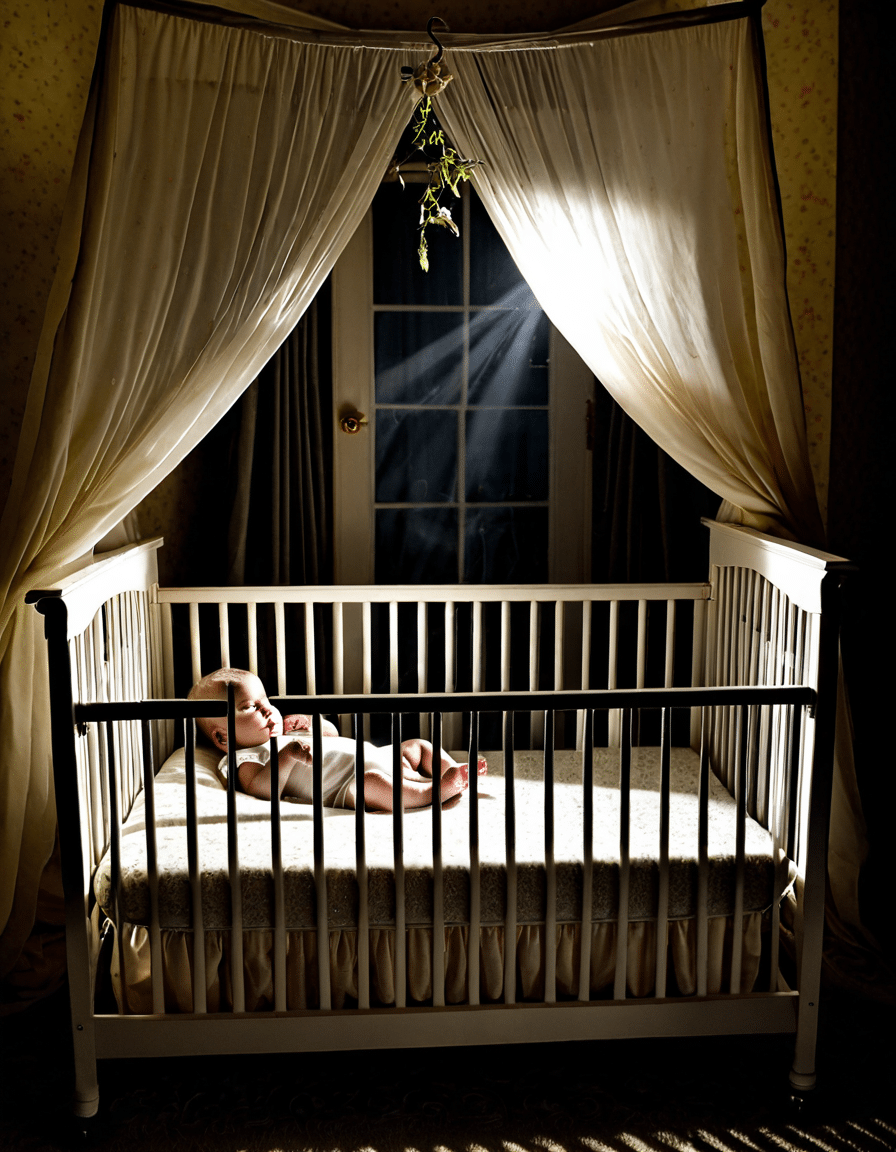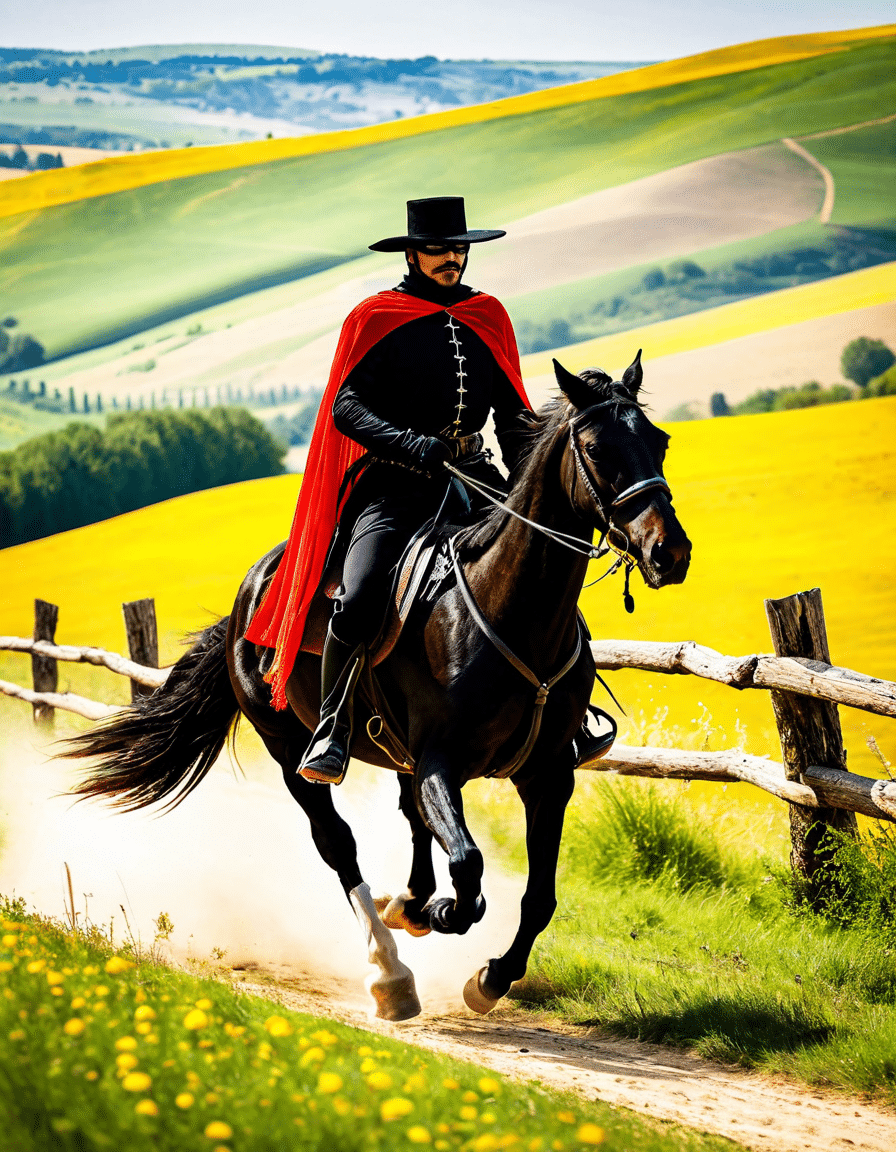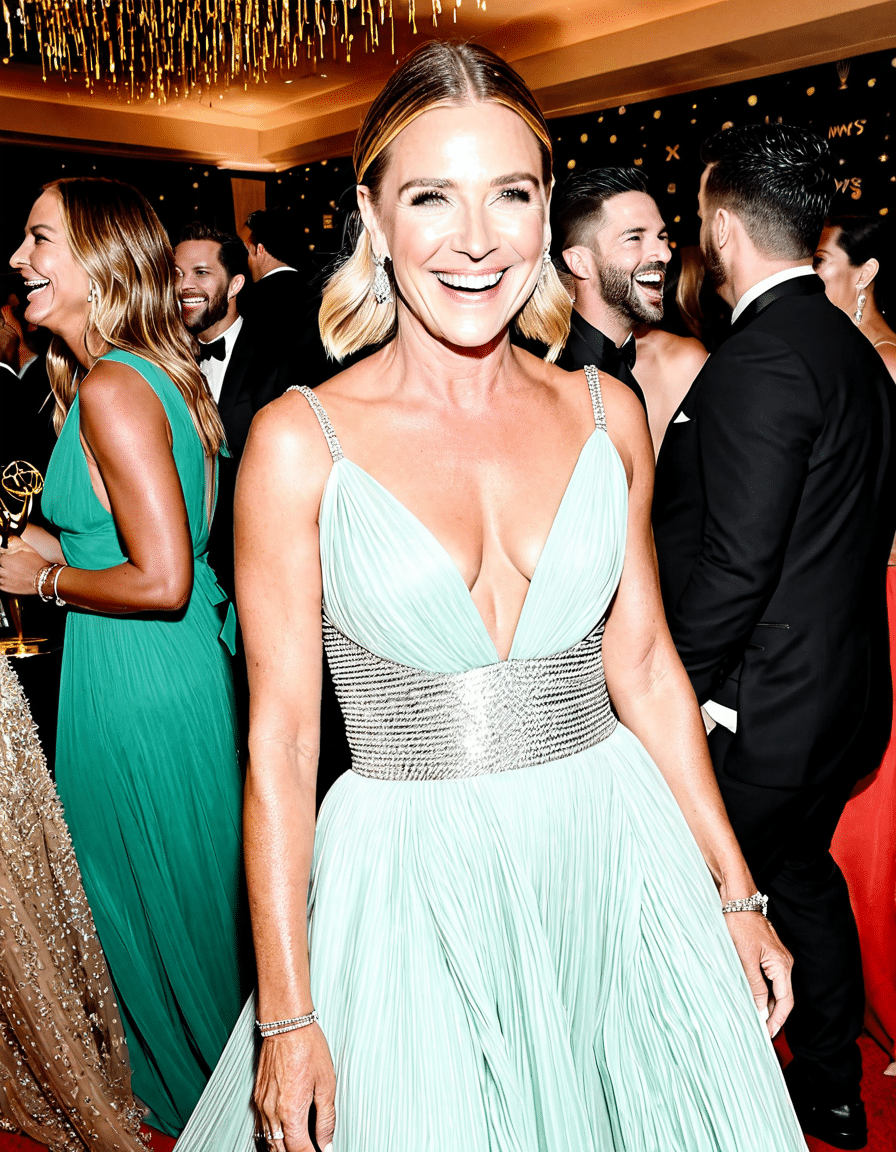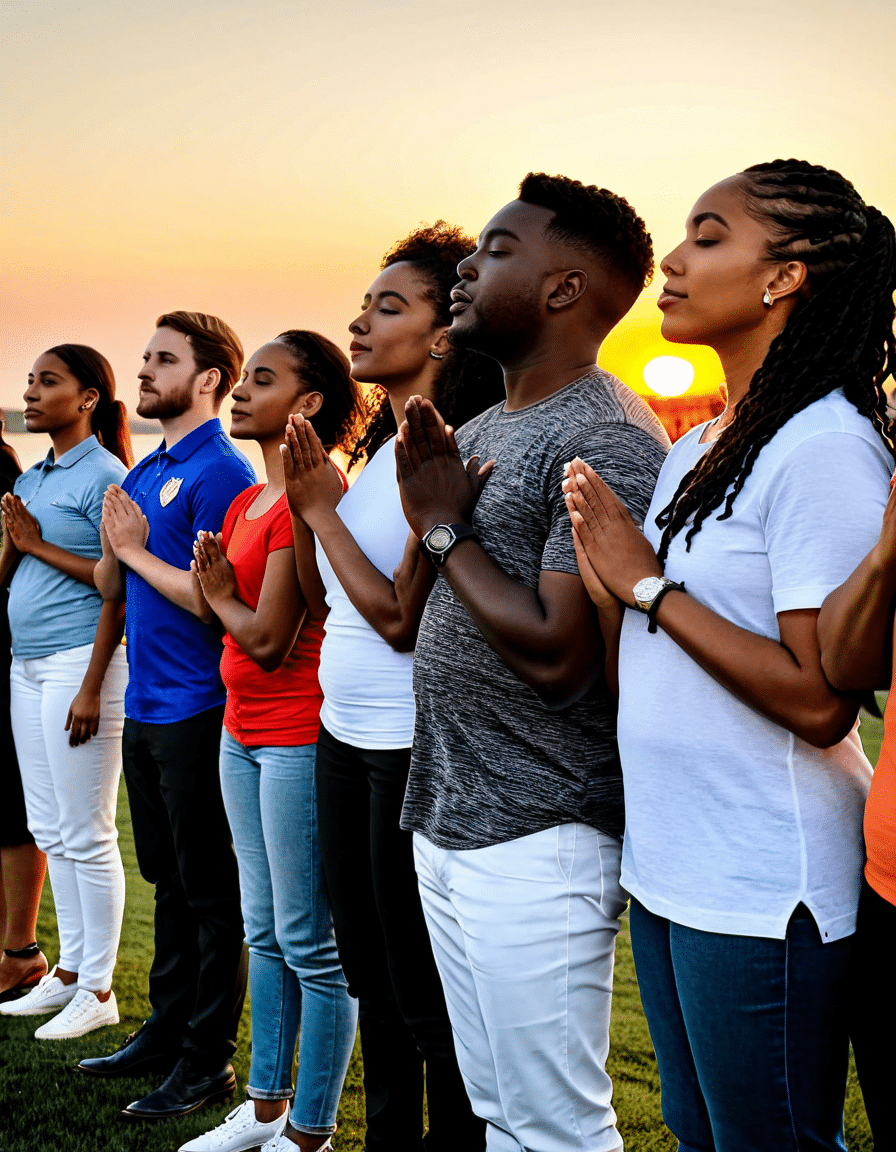If you’re a fan of horror films, you’ve likely stumbled upon Children of the Corn. Released in 1984 and based on Stephen King’s short story, this cult classic has echoed through pop culture for decades. Its chilling depiction of a rural community gone awry keeps audiences on edge. But beyond the terrifying plot and iconic imagery, the film holds secrets that linger like a ghost in a cornfield. Let’s dig into the top seven spine-tingling secrets behind Children of the Corn that are sure to haunt you long after the credits roll.
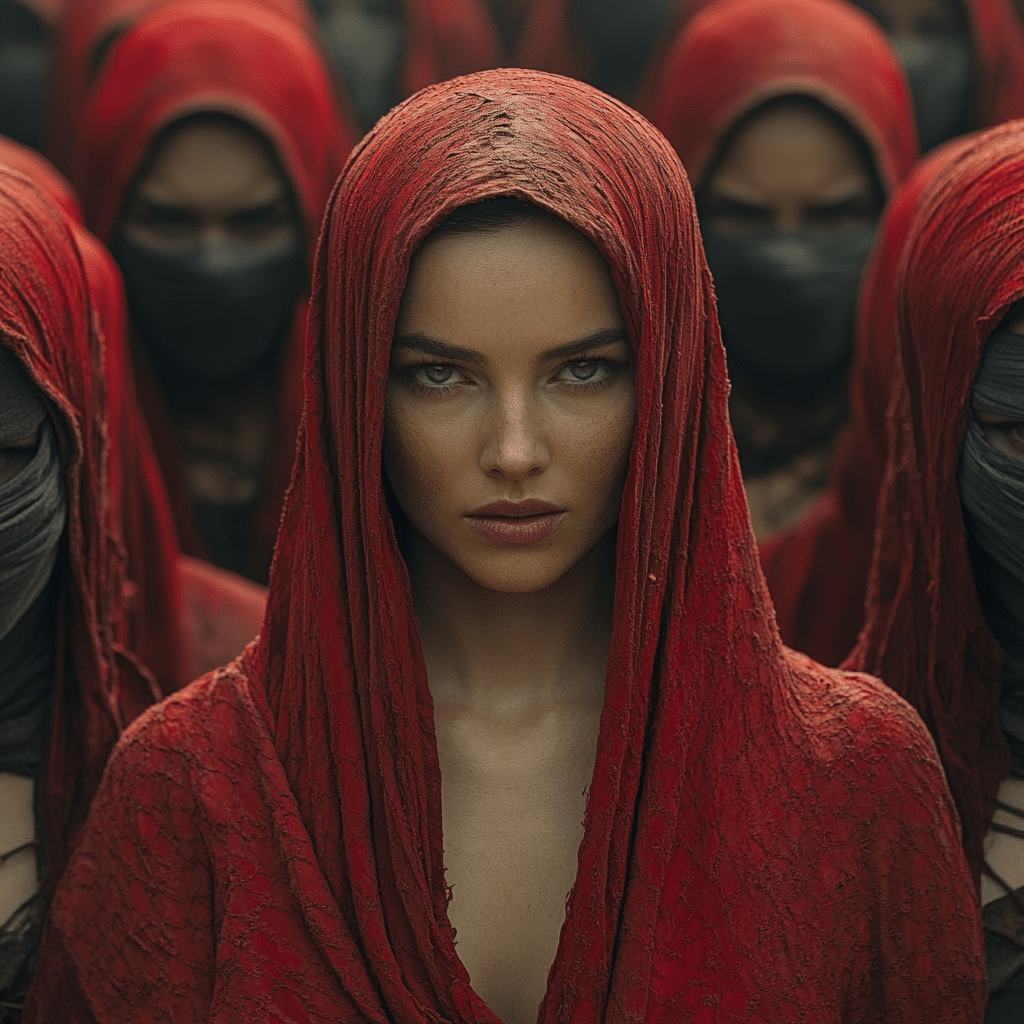
1. The Sinister Origins of Gatlin, Nebraska
Gatlin, Nebraska isn’t just a creepy setting for Children of the Corn; it’s a warning of what happens when fanaticism takes the driver’s seat. This fictional town serves as a telling portrayal of extreme cult-like behavior. Picture a group so devoted to their twisted beliefs that they’ll go to great lengths to maintain their ideologies. Think of the dread found in The Handmaid’s Tale; both Gatlin and Gilead strip individuals of their rights in alarming ways.
In Gatlin, the residents are drawn into a grisly worship of a deity who demands sacrifice. This harsh reality reflects the dangers of blind faith and the lengths people will go to uphold it. So the next time you visit a rural town, you might just wonder what twisted secrets are hidden beneath the corn stalks. Are we, too, susceptible to the allure of mob mentality?
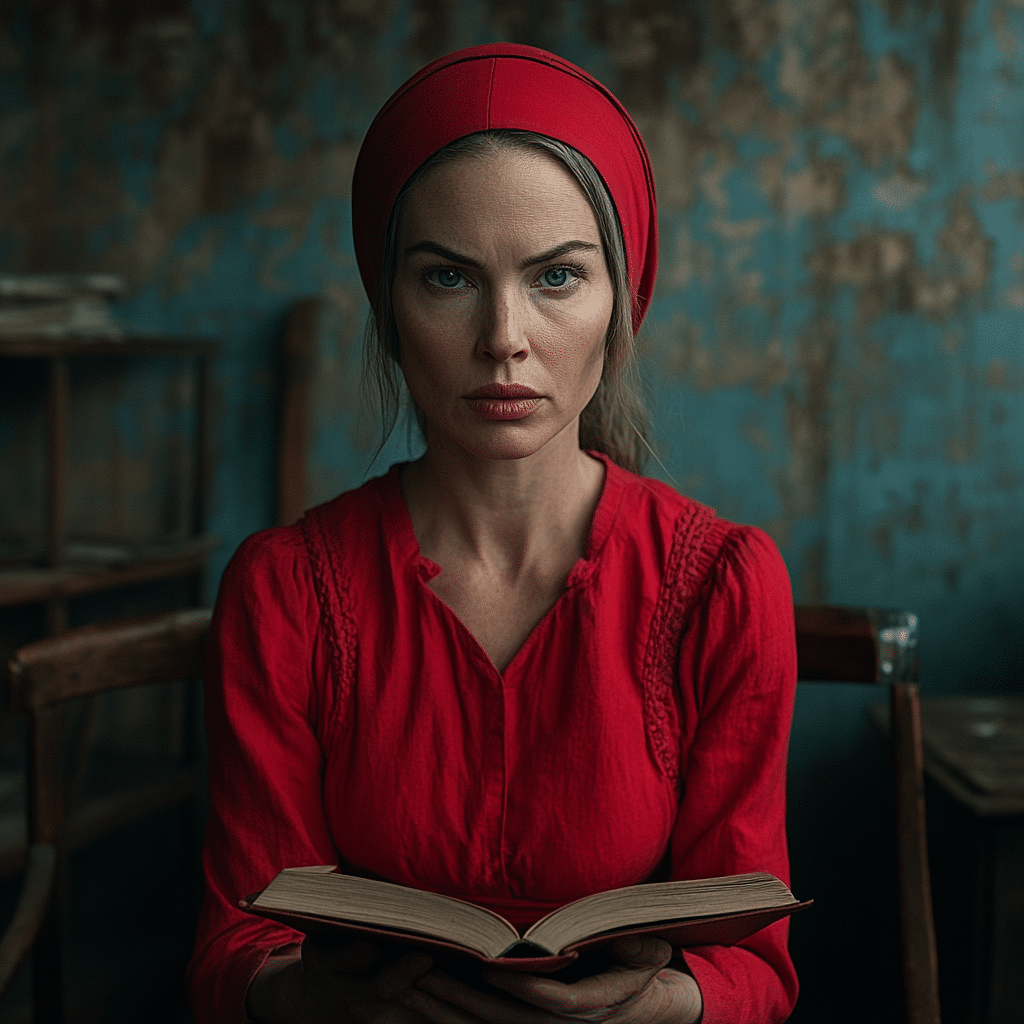
2. Hidden Messages in the Cornfield
Cornfields are an essential aspect of Children of the Corn, and they symbolize much more than just rural life. The imagery plays on the duality of abundance and horror, where corn both nourishes and terrorizes. Critics have drawn fascinating parallels between the representation of cornfields here and their portrayal in The Handmaid’s Tale.
In King’s world, corn symbolizes life that feeds on death—a grotesque cycle that highlights how society commodifies humanity. This chilling metaphor pushes viewers to reckon with deeper questions about our societal values. As you watch the film, ask yourself: are we burying our heads in the cornrow, ignoring the horrors lurking beneath the surface?
3. The Evolution of Horror Icons
The characters from Children of the Corn—like Malachi and Isaac—offer a compelling study in horror and authority. Just as Offred from The Handmaid’s Tale grapples with oppressive realities, Malachi and Isaac exemplify how innocence can morph into something sinister.
These characters effectively blur the lines between childhood naivety and chilling malevolence. Their portrayals remind us that sometimes, the real monsters are the ones we never see coming. Perhaps we should all take a note from horror films: the scariest realities often stem from those who seem the most innocent.
4. Real-Life Cult Comparisons
Drawn from real-life cults, the ideology seen in Children of the Corn reveals some shocking truths. Groups like the Children of God and the Branch Davidians illustrate how charismatic leaders can warp vulnerable minds. This unsettling resemblance to Gatlin’s descent into fanaticism pushes us to consider the fragility of belief systems around us.
The film urges us to reflect on our own beliefs and those of the communities we inhabit. Just like how Matt Lauers controversial exit from NBC shook public perception, we should ask ourselves if we’re allowing toxic ideologies to take root in our lives unnoticed. With horror reflecting real human fears, it’s worth looking deeper.
5. The Impact of the Handmaid’s Tale Cast on Modern Horror
For horror aficionados, the influence of the Handmaid’s Tale cast cannot be overlooked. Elisabeth Moss’s performance as Offred touches the core of psychological horror, highlighting the suffocating realities of oppressive systems. This portrayal has ushered in a new wave of female characters in horror films, including those in Children of the Corn.
By showcasing women as depth-filled protagonists, audiences witness their struggle against patriarchal structures. It’s fascinating how the legacy of the Handmaid’s Tale continues to reshape female representation in horror, making us question everything we thought we knew about fear and agency.
6. Adaptations and Their Evolving Themes
Over the years, Children of the Corn has seen multiple adaptations that continue to morph with societal sentiments. The 2020 reboot took a fresh perspective, echoing the themes of control and sacrifice prevalent in Duncan’s Handmaid’s Tale. These reinterpretations shine a light on how horror evolves alongside cultural fears.
As filmmakers adapt source material, they reflect contemporary anxieties. Fear no longer resides in the cornfield but has seeped into our daily lives, showcasing the shifting landscape of societal dread and the stories we tell to process it. So, what will future adaptations reveal about our changing fears?
7. The Enduring Influence of Children of the Corn
As we venture further into the 21st century, Children of the Corn maintains its chilling grip on audiences. Themes of indoctrination, paranoia, and survivor’s guilt resonate today, as they reflect modern anxieties about community and belonging. This film’s haunting legacy serves as a mirror to societal struggles, much like the discussions prompted by The Handmaid’s Tale.
The continuing relevance of Children of the Corn emphasizes the need to confront our fears. As we grapple with unsettling truths, these stories encourage us to illuminate the darker corners of our own lives. After all, the most profound horrors often lie within our societal constructs.
Delving into the Deeper Shadows: Why These Themes Matter
Unpacking the chilling secrets of Children of the Corn helps reveal its immense influence on horror cinema and societal anxieties. Drawing connections with The Handmaid’s Tale showcases the intricate web where fear and societal control intersect, inviting critical dialogue about power dynamics in our world.
In a time marked by growing polarization, revisiting these haunting tales offers more than nostalgia; it challenges us to face our fears and question the narratives shaping our lives. The shadows cast by these stories remind us that understanding the horrors within society may lead to genuine courage and transformative change.
So, whether you’re reflecting on Children of the Corn over popcorn or discussing the societal implications of The Handmaid’s Tale, remember: horror has a profound way of making us confront the ghosts lurking both onscreen and in our everyday lives. And maybe, just maybe, we’ll emerge a little wiser—or at least, a bit more cautious when looking down a corn row.
Children of the Corn: Secrets That Will Haunt You
Chilling Origins and Unforgettable Impact
The “Children of the Corn” series has haunted moviegoers since its debut in 1984, drawing inspiration from Stephen King’s short story of the same name. One interesting tidbit is that the iconic phrase “He Who Walks Behind the Rows” was a real head-turner when it first hit screens. This mysterious entity, along with the unnerving portrayal of children turned sinister, has permeated pop culture. Speaking of pop culture, did you know that Vince Staples once referenced horror elements in his music, adding layers to the genre’s influence on artists? Whether it’s creepy cornfields or chilling tunes, fear has a way of weaving through various art forms.
Life Beyond the Fields
Aside from its status as a horror classic, “Children of the Corn” has seen its fair share of adaptations and sequels, but few know about its unintended comedic connections. For instance, a few cast members went on to appear in other genres, adding unexpected charm. One delightful example is that of former child actors who later found fame in offbeat shows like Parks And Recreation. While the original film gave us nightmares, it also opened the door to lighter and even romantic stories in mainstream television. Funny how life has a way of intertwining fear with humor, isn’t it?
Behind the Scenes Secrets
Now, let’s dive into some behind-the-scenes secrets! The movie’s filmmakers had to navigate tricky shooting conditions in Nebraska, which added a layer of authenticity to the chilling atmosphere. Did you know the cornfield itself became a character? Actors recounted feeling genuinely unsettled while filming in the sprawling fields. This kind of immersive experience can remind us of how art influences reality, much like how understanding intricate topics—like those found in the Kama Sutra—can be enlightening. This connection to depth holds true, as seen through various forms of storytelling, just as “Children of the Corn” hints at the dark side of human nature amidst the innocence of children.
In case you ever wondered how deep the rabbit hole goes with horror impacts, just remember that every stunning visual, haunting melody, and memorable quote is rooted in passionate storytelling. It’s these secrets and trivia that truly make “Children of the Corn” a significant piece of cinema, captivating and terrifying audiences, all while echoing themes that resonate through other forms of media, be it music or filmographies like that of Bryce Dallas Howard. So, the next time corn comes up in conversation, don’t just think of sweet summer days—think of the eerie tales that also sprout from those fields!
